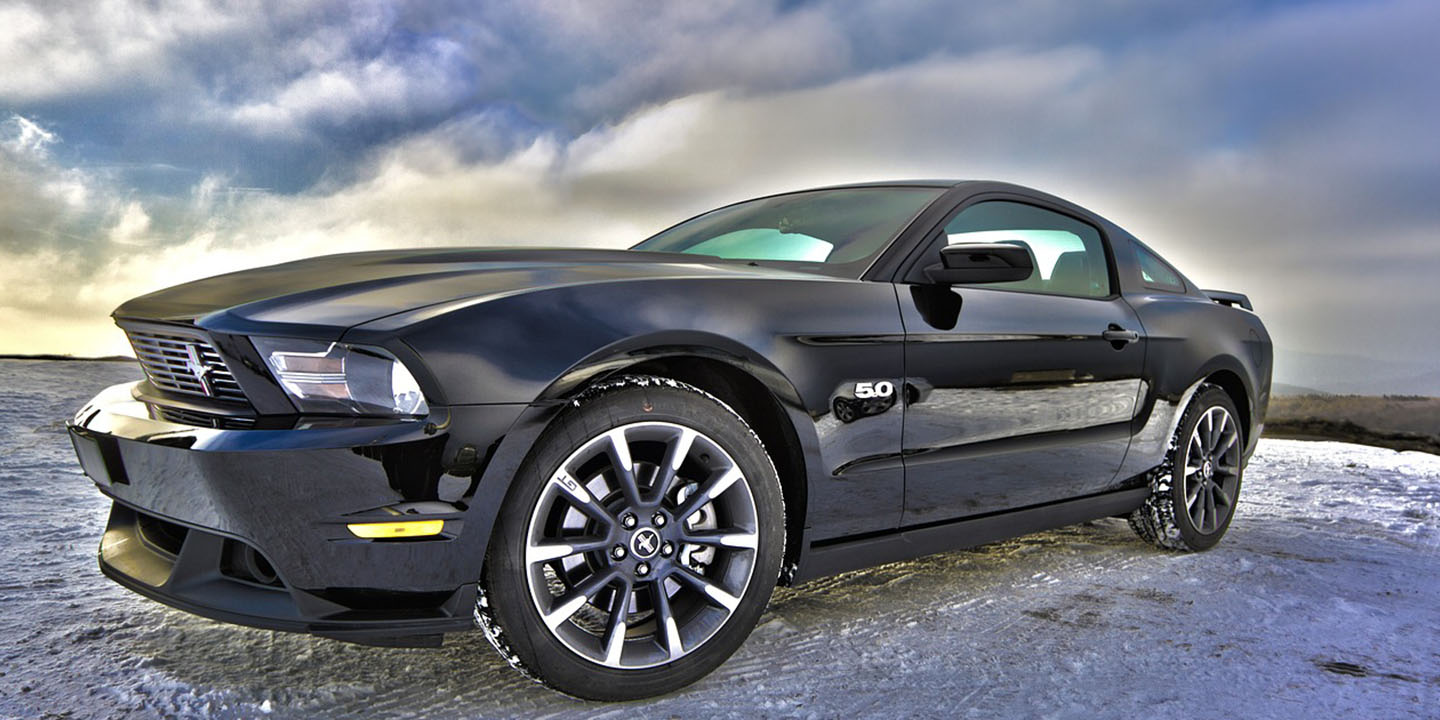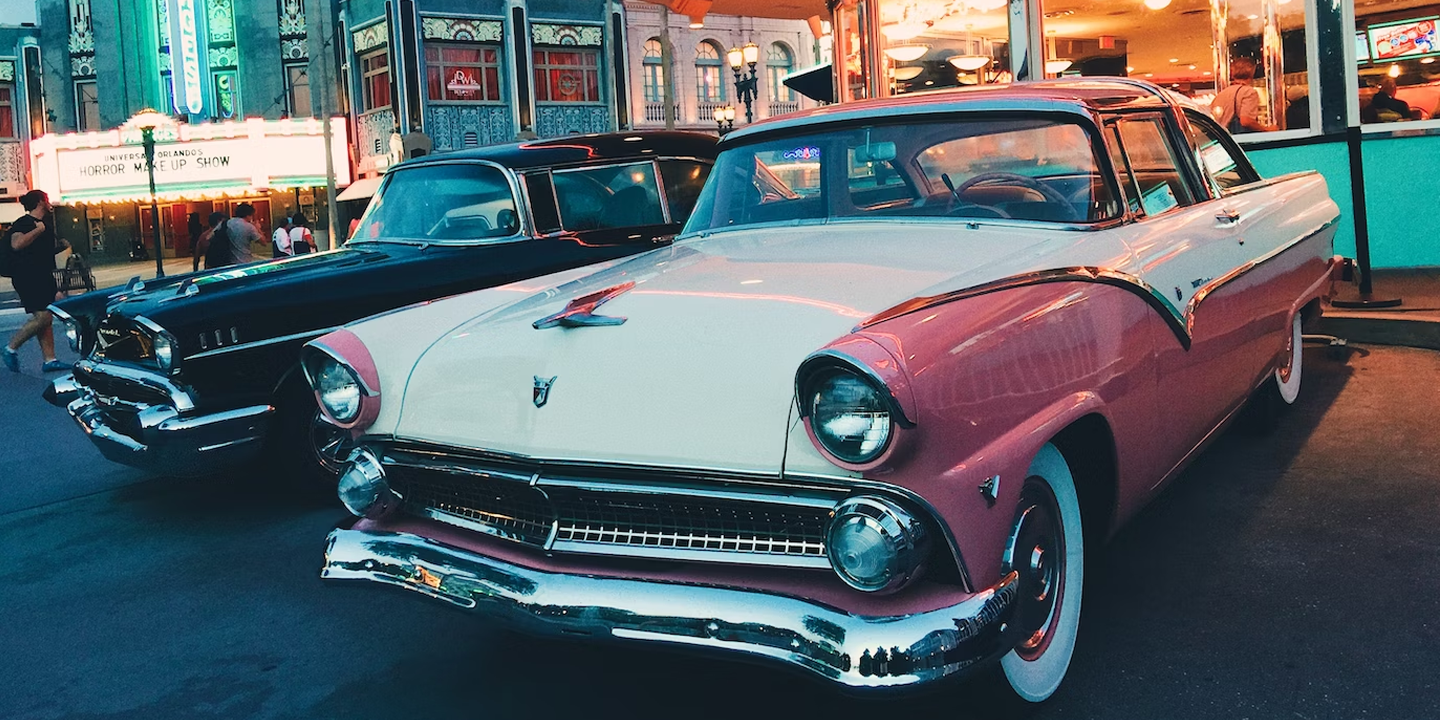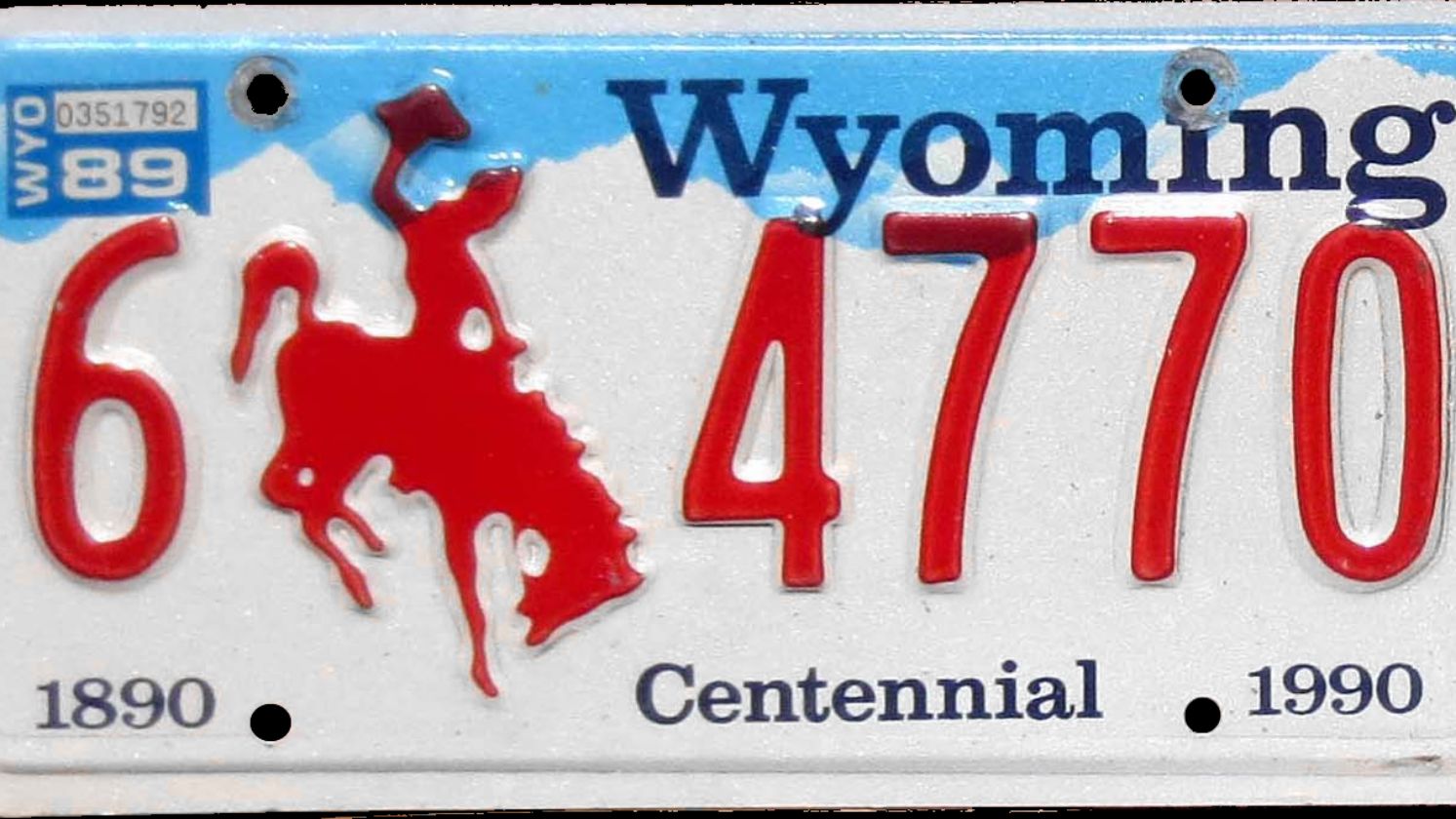Baby On Board, Car On Point
Your baby’s car seat deserves more than a tight fit and a battle with buckles. The right vehicle can make everyday routines smoother, while the wrong one turns simple trips into stressful ordeals. As new parents, comfort and safety matter more than ever. So first, let’s look at the ten safest cars for the journey ahead, followed by ten that you're better off just leaving at the dealership.
1. Subaru Outback
Built for harsh weather and harsher roads, the Subaru Outback delivers more than rugged charm. Standard all-wheel drive, top-tier crash scores, and Subaru's EyeSight suite make it a parent's dream. Rear-seat access is smooth, and the ride feels stable, exactly what new families need.
2. Honda CR-V
Ease defines the CR-V. With wide-opening rear doors and well-positioned LATCH anchors, car seat installs don't turn into wrestling matches. Rear legroom holds up even with a rear-facing seat in place. Additionally, Honda's reliability and smooth ride solidify its reputation as a safe family choice.
3. Hyundai Palisade
The Palisade exceeds the safety expectations. As a Top Safety Pick+ from IIHS, it includes strong collision avoidance and excellent child seat compatibility in all three rows. Its quiet cabin and clear outward visibility also make long family trips easier.
4. Toyota Sienna
Minivans may not scream excitement, but the Toyota Sienna quietly does it all. Standard hybrid power and Toyota Safety Sense 2.0 come included. Sliding doors ease car seat access, while lane assist and blind-spot monitoring work seamlessly behind the scenes.
5. Volvo XC90
Volvo builds for safety first, and it shows. The XC90 features one of the most advanced structural designs on the road, with integrated booster cushions, run-off road protection, and exceptional crash ratings. Parents also benefit from a high seating position and uncluttered, intuitive driver controls.
6. Mazda CX-50
The Mazda CX-50 is a stylish SUV and a leader in safety. It delivers excellent crash-test performance and a cabin that easily accommodates a child. The vehicle's low center of gravity enhances stability, creating a more grounded ride. Building on that foundation, Mazda’s driver assistance features—like lane-keep assist and automatic braking—respond swiftly without feeling intrusive.
 Bull-Doser on Wikimedia Commons
Bull-Doser on Wikimedia Commons
7. Kia Telluride
Three-row convenience without compromise. This vehicle delivers top crash test scores and offers rear-seat reminder alerts, a key feature for new parents. The cabin layout allows flexible child-seat placement, and visibility is excellent. Parents also appreciate its easy-to-clean materials, especially when spills and messes inevitably occur.
8. Ford Escape
The Ford Escape makes car seat installation easier with clearly marked anchors and wide door openings. Its driver assistance features further support lane positioning and provide helpful blind spot alerts. Combined with a quiet ride, these features make the Escape a practical and comfortable choice for families.
9. Volkswagen ID.4
Electric, yes, but also practical. The Volkswagen ID.4 features a flat floor that simplifies car seat positioning and cabin movement. Safety ratings are solid, and the low center of gravity improves ride stability. It also offers a good cargo room for strollers and everything babies demand.
10. Acura MDX
Comfort meets capability in the Acura MDX. This SUV accommodates three car seats in the second row and helps drivers navigate stressful traffic with its high-tech systems. From crash protection to tools that aid alertness, it's a thoughtful choice for families who expect more from their vehicles.
 OWS Photography on Wikimedia
OWS Photography on Wikimedia
While the first ten make parenting easier from day one, the next ten remind us that not every stylish or speedy ride is ready for car seats, diaper bags, or late-night bottle runs.
1. Chevrolet Camaro
It may look fast and fun, but the Camaro is wrong for new parents. The rear seats are tiny, and rear visibility is severely limited. Car seat installation is also a struggle, and getting a child in or out of the back can become a daily frustration.
2. Jeep Wrangler
Adventure-ready on the outside, lacking the comfort and practicality families need inside. The Wrangler's crash-test scores lag behind those of class leaders, and the high step-in height makes loading infants difficult. Its loud interior and limited child seat space make it better suited for trails than toddler transport.
3. MINI Cooper Hardtop
The MINI Cooper's compact design sacrifices practicality. Rear-seat access is tight, and legroom is nearly nonexistent. In fact, most rear-facing car seats don't fit without compromising the comfort of the front passenger. Daily use quickly reveals how limited the space is when parenting takes priority.
4. Tesla Model 3
This car is tech-forward and efficient, but it presents several drawbacks for parents. Its sloped rear roofline limits headroom for car seats, and heat buildup from the fixed glass roof raises concerns. Additionally, the rear seat's shallow angle and tight fit make installation more difficult than expected.
5. Ford Mustang
Muscle cars rarely mix well with diaper bags. The Mustang's two-door layout and low roofline create major access issues. Rear seats are cramped, and cargo space is tight. Therefore, this sleek coupe quickly becomes impractical for new parents managing strollers and supplies.
6. Toyota GR86
Despite Toyota's reputation, the GR86 isn't built with families in mind. Rear seats are nearly unusable for child seats, and the cabin lacks key safety features like blind-spot monitoring unless you upgrade. It's agile and fun, but that's little comfort when juggling bottles and buckles.
7. Mazda MX‑5 Miata
Rear seats don’t exist in the MX‑5 Miata, which leaves no room or option for car seats of any kind. Plus, its cargo area holds less than five cubic feet, limiting space for baby gear. These attributes make it impractical for daily family use.
8. Chevrolet Spark
The Spark was discontinued after 2022, limiting long-term safety support and parts availability. Rear seat dimensions limit all but the smallest booster seats, and the shallow trunk swallows little more than a diaper bag. Advanced driver assists are unavailable, leaving parents without modern crash-avoidance support.
9. Hyundai Venue
Need room for a rear-facing seat? That is not possible with this one. The Hyundai Venue's tight rear bench makes installation tricky, and low rooflines complicate buckle access. Road noise remains pronounced, potentially disturbing naps. Plus, the basic safety tech is standard, leaving significant blind-spot monitoring and adaptive cruise features absent.
10. Dodge Charger
The Charger’s sloping roofline and narrow rear-door openings make it hard to load car seats. Rear visibility is compromised by thick pillars, and the large turning radius complicates tight parking. While powerful, its size and design don’t prioritize the daily needs of new parents.


























